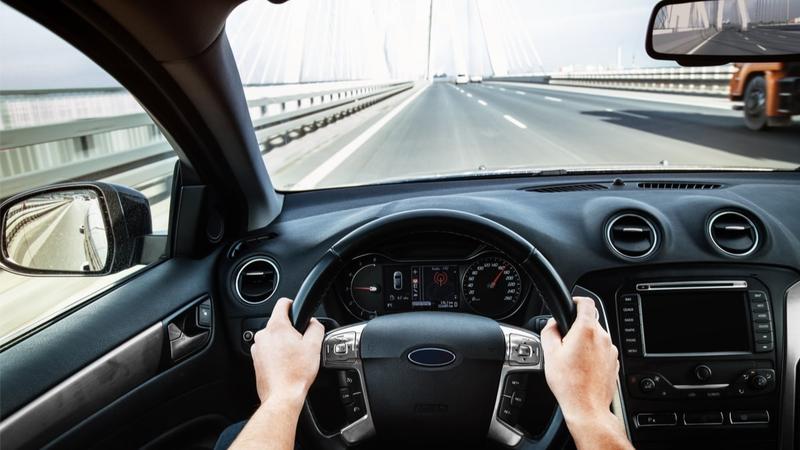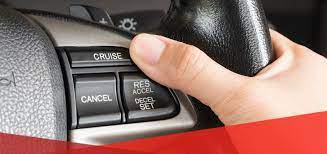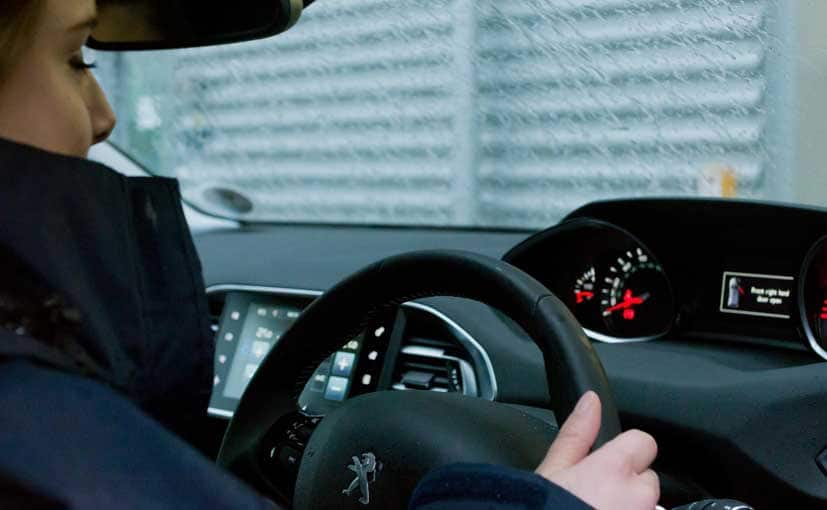 Top 14 driving tips you should know in order to avoid car accident. Driving is as important as Life itself. However, for one to drive safely and defensively there are various rules or Driving rules you should definitely know. Therefore, failure to know them is like playing with your life and that of other road users. This article provides solution to the challenges that associates with driving.
Top 14 driving tips you should know in order to avoid car accident. Driving is as important as Life itself. However, for one to drive safely and defensively there are various rules or Driving rules you should definitely know. Therefore, failure to know them is like playing with your life and that of other road users. This article provides solution to the challenges that associates with driving.
1. Safe Negotiation at Intersection
The intersection is by far the most hazardous place in which we drive. Before proceeding through an intersection, it is your obligation to clear it and ensure it is safe to cross or move through it. Always approach intersections expecting other traffic and pedestrians not stop when they should. Look left, right, and left again before moving into the intersection. Be especially weary of pedestrians; actively look for them when turning. Always make sure the intersection has cleared before proceeding through it (count to 3 before starting from a stopped position) and always yield the right of way to others.
2. Required Speed Limits During Turns
Fast turns at intersections are one of the major contributors to collisions and pedestrian accidents. You should always slow to 5 MPH when making turns. This will improve your reaction time and stopping distance, allowing you an increased margin of safety to avoid a mishap. Remember: no more than 5 MPH when turning.
3. Use of Reference Points During Turns
Reference points are the areas on the vehicle which will help you keep the vehicle centered in the roadway or enable you to position the vehicle 4-6 inches from the curb line, make proper right and left turns, and back up the vehicle without hitting anything with the rear of the vehicle. Always keep your reference points in your sight when driving and turning and you will be able to safely perform your driving tasks.
4. Removal of Blind Spots During Turns
All vehicles, and especially large ones, have inherent blind spots to the front and the side, but they can be successfully eliminated by “Rocking and Rolling” in your seat. Eliminating blind spots is one of the most important tasks of a professional driver. The Driver, prior to turning the vehicle, must physically “rock and roll” forward and back in the driver’s seat to see around the windshield post, mirror heads and other obstructions to the front or the side of the vehicle. Failure to “rock and roll” to see around obstructions will not allow the driver to see all that is around and approaching into the path of the vehicle. Pedestrians and other vehicles may, as you are moving, hide in these blind spots and collide with your vehicle. As a professional driver, it is your responsibility to eliminate blind spots and avoid collisions with others.
5. Don’t tailgate
Leave proper braking room behind the person in front of you so you’re always prepared for a sudden stop. A good rule of the thumb is to maintain a distance of at least three seconds from the vehicle in front of you. If the weather is poor, consider leaving an additional second or more in case you start to slide or skid.
6. Beware of your blind spots
Know where the blind spots are on your vehicle and check them before making a turn or lane change. You should be aware of the blind spots of other vehicles and avoid driving in them – you want other drivers to see you at all times.
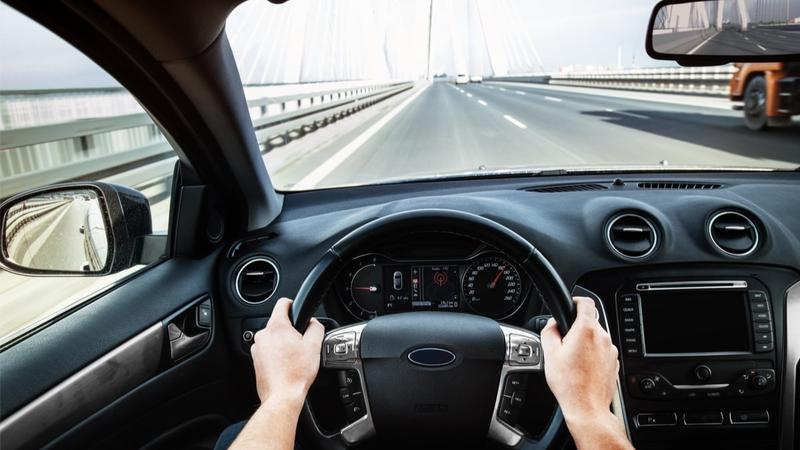
7. Reposition your side mirrors
Many drivers were taught that you should see a bit of your car in your side mirrors as your driving – this isn’t true. Angle the mirror slightly out, just a touch more so you don’t see your car and you instead see more of the road.
8. Keep your anger in check
People make mistakes, and this holds true when you’re driving. If someone cuts you off, don’t lose your temper. It is no excuse for you to angry. Yelling or gesturing at the driver will only escalate the situation, and it’s like yelling at your TV – it won’t change what’s happened. If you feel that someone is driving usually and they are a danger to others, then remember the vehicle’s information and call 911 from your hands-free device.
9. Use your turn signals
You should always use your turn signal to let other drivers (as well as bikers and pedestrians) know that you plan to turn or make a lane change. Once you’ve checked your blind spots and made the turn, listen to make sure the signal has turned off or glance down at your dashboard to make sure the blink is off. You don’t want to be the person driving down the road with your signal blink still flashing, and no intentions of turning. You could mislead other drivers and cause an accident.
10. What you should do at a four-way stop
The first vehicle to come to a complete stop at the intersection has the right of way. If two vehicles arrive at the same time and are facing each other, the left-turning vehicle must yield to the oncoming vehicle. If two vehicles arrive at the same time and are perpendicular to each other, the vehicle on the right has the right-of-way.
11. Turn into your own lane
If you’re driving on a multi-lane section of road and turning into another, make sure you stay in your own lane. When you’re turning right, you don’t have the right to turn into the left lane and the same rules apply for when you’re turning left. This isn’t just a safety measure; this is the law unless you’re in a tractor-trailer.
12. Don’t drive slowly in the passing lane
The left passing lane on a highway is just for – passing. It’s not a place to hang out. Once you’ve made your way around the vehicle you wanted to pass, move back into the right lane so others can use the passing lane as well. Driving slowly in this lane could encourage others to engage in unsafe passing or tailgating.
13. Merge with caution
When traffic is backed up and you’ve been stuck on the road forever, the last thing you want to do is let another person in front of you. Merging is just a part of driving, especially on a highway, so be kind and let someone squeeze in as they’re entering the highway. You might need someone to return the favor one day! Even if traffic isn’t jammed, you should always try to switch lanes to allow people entering the highway to safely merge into the far right lane.
14. Be careful of how much you’re braking
Don’t ride your brakes – instead pay attention to the road and use the brake only when it’s necessary. If you’re maintaining a safe distance from the car in front of you, then you’ll be able to tell when they’ve reduced their speed and as a result, you can ease off the accelerator. If you’ve constantly got your foot on the brake, then the drivers behind you won’t be able to tell when you’re just brake-riding versus when you’re legitimately slowing down.
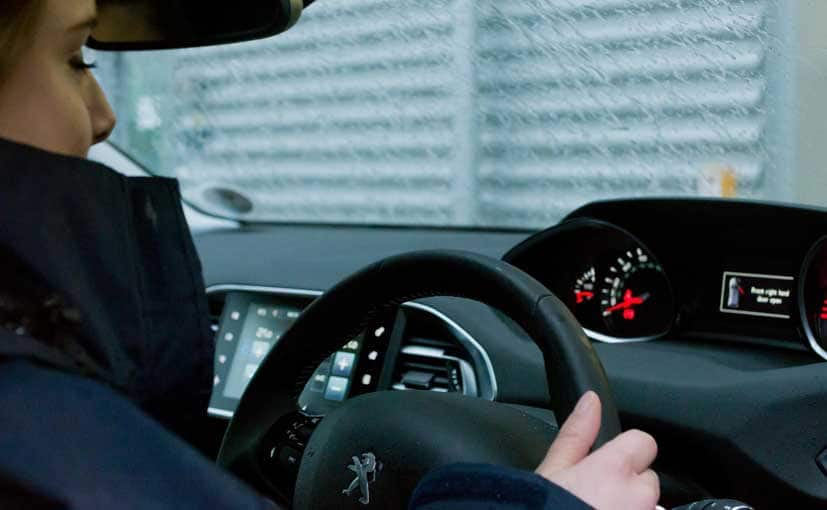 Driving is as important as Life itself. However, for one to drive safely and defensively there are various rules or Driving rules you should definitely know. Therefore, failure to know them is like playing with your life and that of other road users. This article provides solution to the challenges that associates with driving.
Driving is as important as Life itself. However, for one to drive safely and defensively there are various rules or Driving rules you should definitely know. Therefore, failure to know them is like playing with your life and that of other road users. This article provides solution to the challenges that associates with driving.
1. Safe Negotiation at Intersection
The intersection is by far the most hazardous place in which we drive. Before proceeding through an intersection, it is your obligation to clear it and ensure it is safe to cross or move through it. Always approach intersections expecting other traffic and pedestrians not stop when they should. Look left, right, and left again before moving into the intersection. Be especially weary of pedestrians; actively look for them when turning. Always make sure the intersection has cleared before proceeding through it (count to 3 before starting from a stopped position) and always yield the right of way to others.
2. Required Speed Limits During Turns
Fast turns at intersections are one of the major contributors to collisions and pedestrian accidents. You should always slow to 5 MPH when making turns. This will improve your reaction time and stopping distance, allowing you an increased margin of safety to avoid a mishap. Remember: no more than 5 MPH when turning.
3. Use of Reference Points During Turns
Reference points are the areas on the vehicle which will help you keep the vehicle centered in the roadway or enable you to position the vehicle 4-6 inches from the curb line, make proper right and left turns, and back up the vehicle without hitting anything with the rear of the vehicle. Always keep your reference points in your sight when driving and turning and you will be able to safely perform your driving tasks.
4. Removal of Blind Spots During Turns
All vehicles, and especially large ones, have inherent blind spots to the front and the side, but they can be successfully eliminated by “Rocking and Rolling” in your seat. Eliminating blind spots is one of the most important tasks of a professional driver. The Driver, prior to turning the vehicle, must physically “rock and roll” forward and back in the driver’s seat to see around the windshield post, mirror heads and other obstructions to the front or the side of the vehicle. Failure to “rock and roll” to see around obstructions will not allow the driver to see all that is around and approaching into the path of the vehicle. Pedestrians and other vehicles may, as you are moving, hide in these blind spots and collide with your vehicle. As a professional driver, it is your responsibility to eliminate blind spots and avoid collisions with others.
5. Don’t tailgate
Leave proper braking room behind the person in front of you so you’re always prepared for a sudden stop. A good rule of the thumb is to maintain a distance of at least three seconds from the vehicle in front of you. If the weather is poor, consider leaving an additional second or more in case you start to slide or skid.
6. Beware of your blind spots
Know where the blind spots are on your vehicle and check them before making a turn or lane change. You should be aware of the blind spots of other vehicles and avoid driving in them – you want other drivers to see you at all times.

7. Reposition your side mirrors
Many drivers were taught that you should see a bit of your car in your side mirrors as your driving – this isn’t true. Angle the mirror slightly out, just a touch more so you don’t see your car and you instead see more of the road.
8. Keep your anger in check
People make mistakes, and this holds true when you’re driving. If someone cuts you off, don’t lose your temper. It is no excuse for you to angry. Yelling or gesturing at the driver will only escalate the situation, and it’s like yelling at your TV – it won’t change what’s happened. If you feel that someone is driving usually and they are a danger to others, then remember the vehicle’s information and call 911 from your hands-free device.
9. Use your turn signals
You should always use your turn signal to let other drivers (as well as bikers and pedestrians) know that you plan to turn or make a lane change. Once you’ve checked your blind spots and made the turn, listen to make sure the signal has turned off or glance down at your dashboard to make sure the blink is off. You don’t want to be the person driving down the road with your signal blink still flashing, and no intentions of turning. You could mislead other drivers and cause an accident.
10. What you should do at a four-way stop
The first vehicle to come to a complete stop at the intersection has the right of way. If two vehicles arrive at the same time and are facing each other, the left-turning vehicle must yield to the oncoming vehicle. If two vehicles arrive at the same time and are perpendicular to each other, the vehicle on the right has the right-of-way.
11. Turn into your own lane
If you’re driving on a multi-lane section of road and turning into another, make sure you stay in your own lane. When you’re turning right, you don’t have the right to turn into the left lane and the same rules apply for when you’re turning left. This isn’t just a safety measure; this is the law unless you’re in a tractor-trailer.
12. Don’t drive slowly in the passing lane
The left passing lane on a highway is just for – passing. It’s not a place to hang out. Once you’ve made your way around the vehicle you wanted to pass, move back into the right lane so others can use the passing lane as well. Driving slowly in this lane could encourage others to engage in unsafe passing or tailgating.
13. Merge with caution
When traffic is backed up and you’ve been stuck on the road forever, the last thing you want to do is let another person in front of you. Merging is just a part of driving, especially on a highway, so be kind and let someone squeeze in as they’re entering the highway. You might need someone to return the favor one day! Even if traffic isn’t jammed, you should always try to switch lanes to allow people entering the highway to safely merge into the far right lane.
14. Be careful of how much you’re braking
Don’t ride your brakes – instead pay attention to the road and use the brake only when it’s necessary. If you’re maintaining a safe distance from the car in front of you, then you’ll be able to tell when they’ve reduced their speed and as a result, you can ease off the accelerator. If you’ve constantly got your foot on the brake, then the drivers behind you won’t be able to tell when you’re just brake-riding versus when you’re legitimately slowing down.
Read more: 11 Cause Of road Accidents And their Remedies

